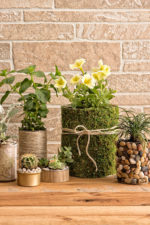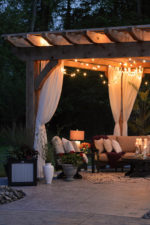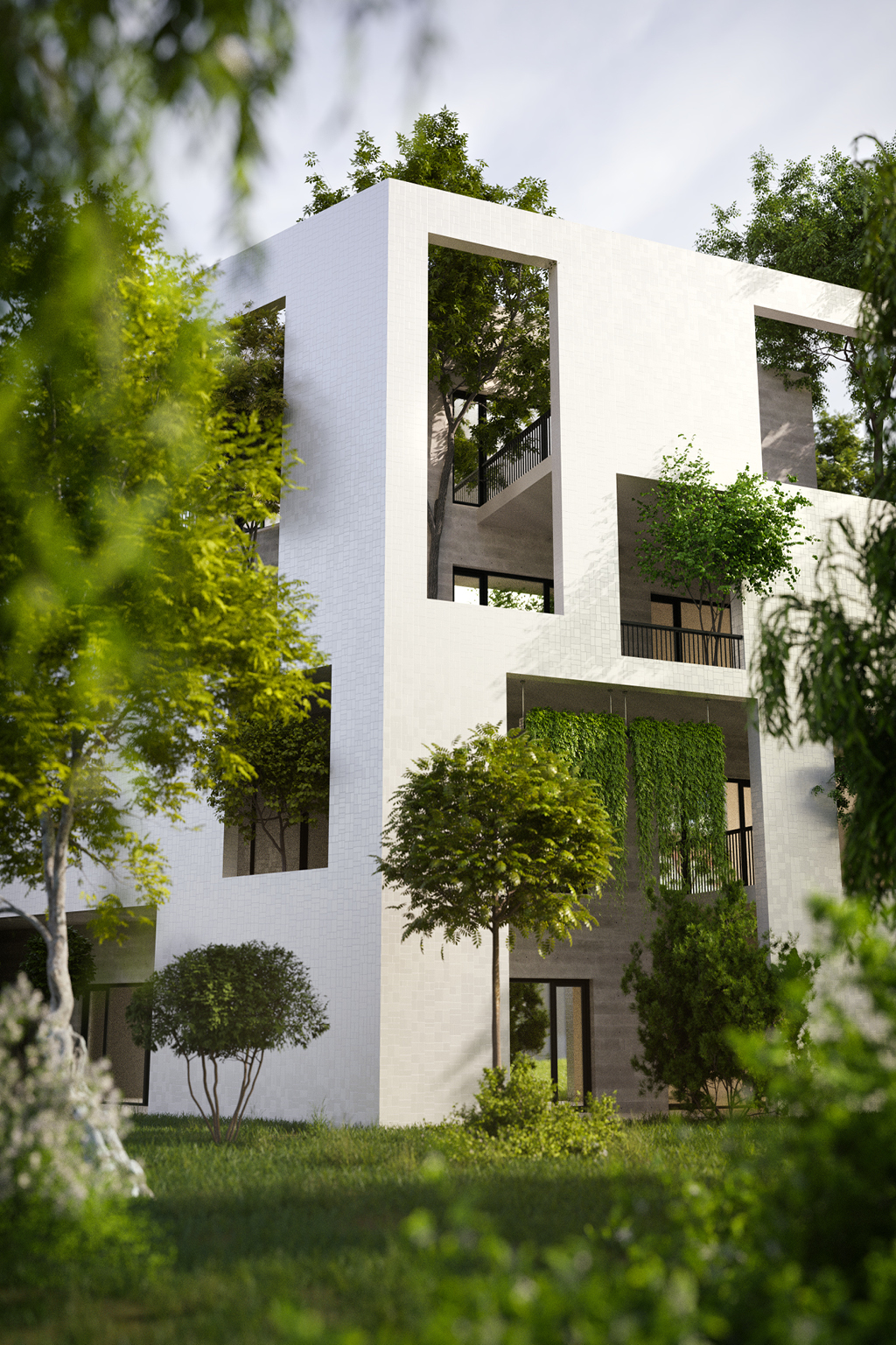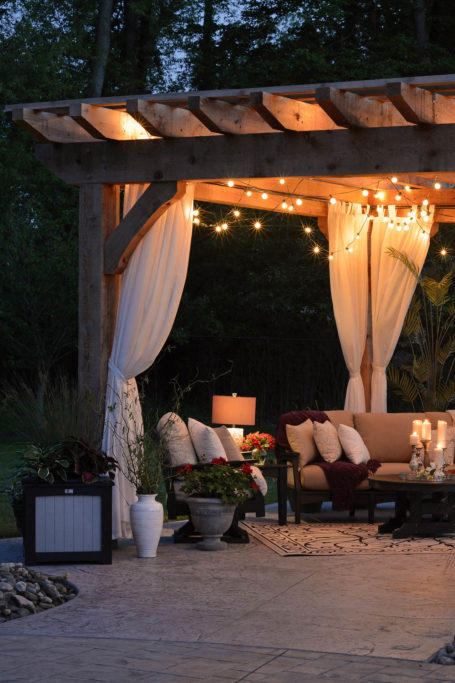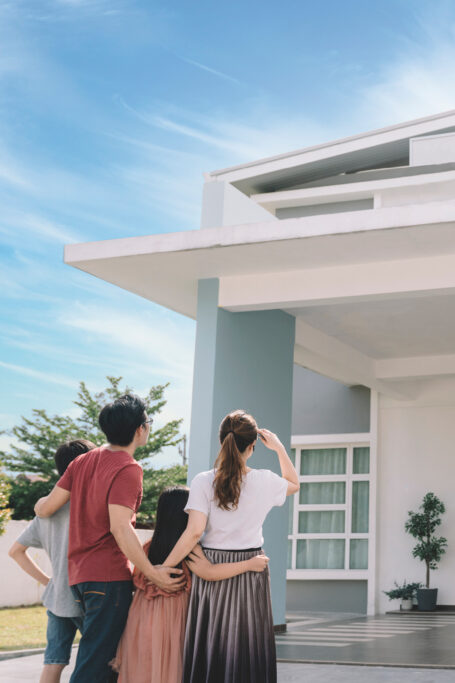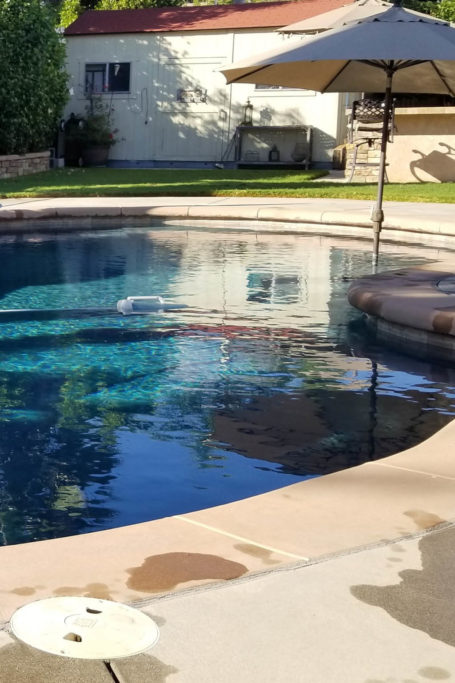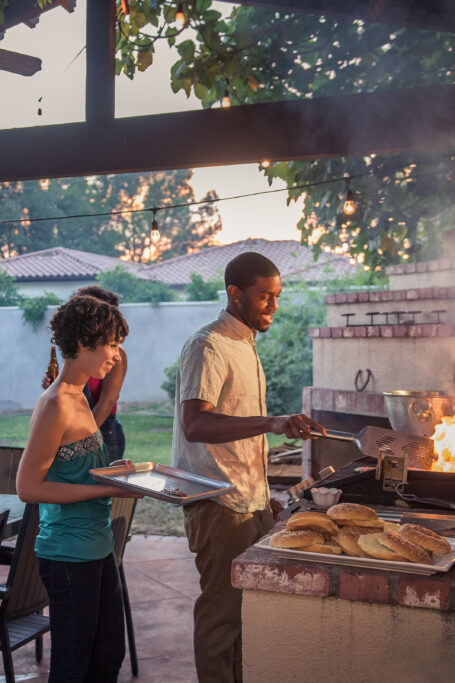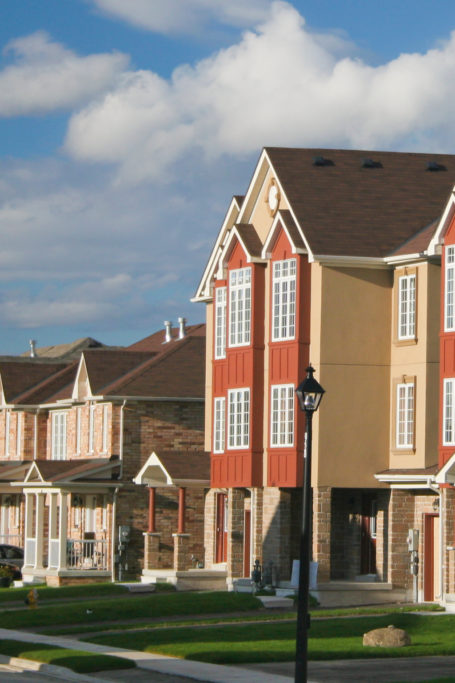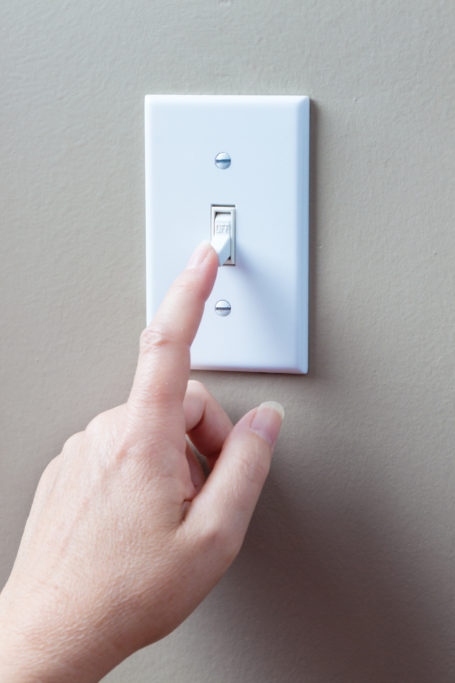The Case for Building a Green Home
Green building technology and sustainability began to sprout during the 1960s when air conditioning became more commonplace in homes across the country. The current demand for green homes is in a strong growth pattern as the US is expected to hit more than $150 billion in single-family green homes by 2023. 91% of home builders now use energy-efficient practices in their homes whether or not the home is technically considered an eco-friendly “green home” project, and over two-thirds (69%) do so on the majority of the homes they build.
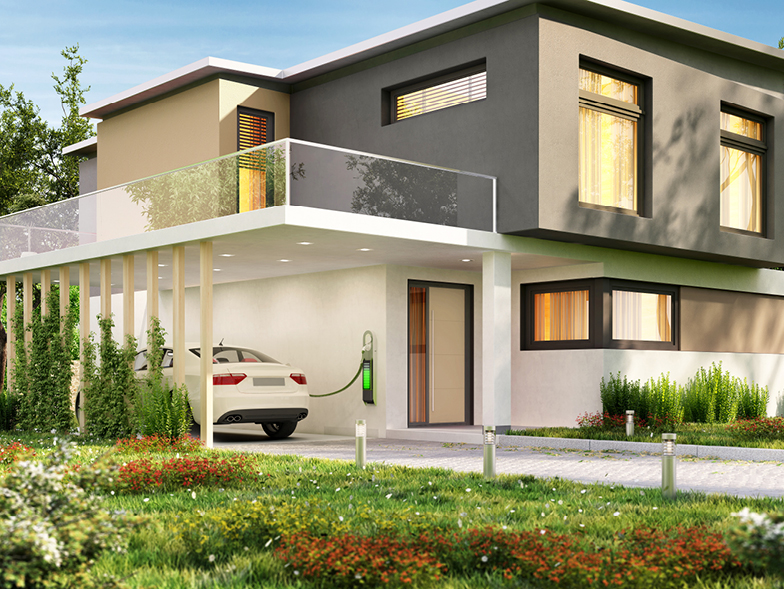
What is green building?
The goals of green or eco-friendly building, also known as high-performance building, are to protect the environment by way of five key areas: sustainable site development, high-grade building materials, energy efficiency, water conservation, and eco-friendly indoor systems. There are varying degrees of implementing green strategies in a home, but largely, it’s to conserve the earth’s natural resources.
If you have been contemplating purchasing a new green build or renovated home, or want to make your current living environment more sustainable, consider the following solutions as you begin the process:
Allergen-free materials
While building or renovating your home, consider allergen-free materials like cork, bamboo, or sustainably sourced hardwood flooring, and mold-resistant paint. You could also install natural ventilation or an air conditioning system that pipes in fresh air.
Cool roof
As its name implies, cool roofs deflect the heat from the sun’s rays, cooling the inside temperature faster during the evening hours which can help lower energy costs. Examples of cool roof materials include terra cotta, slate, metal, and white tile. Although the cost is often higher than standard roofing materials, you’ll be able to recoup the expense over the long term with the energy savings it provides.

Energy efficiency
As energy costs continue to rise, consumer demand for builders to construct energy-efficient homes is high. Builders are increasing their usage of ENERGY STAR-rated products, such as more efficient heating and cooling systems and water heaters, energy-efficient appliances, air-tight windows and doors, and sustainable insulation, which can exceed minimum code requirements.
Home design
When green builders plan their projects, they typically take into consideration the impact their designs will have on the environment. As a result, some are building homes with less square footage, which conserves natural resources like energy, land, and water, as well as uses fewer building materials.
Insulation
Selecting the proper insulation during the home building or renovation process will help to regulate your home’s temperature regardless of the time of year. With proper insulation, you can minimize drafts and prevent cold or warm air from entering or escaping. Also, using recycled insulation like cotton, wool, wood pulp, and soybean byproducts, tends to do as well or better than new insulation.
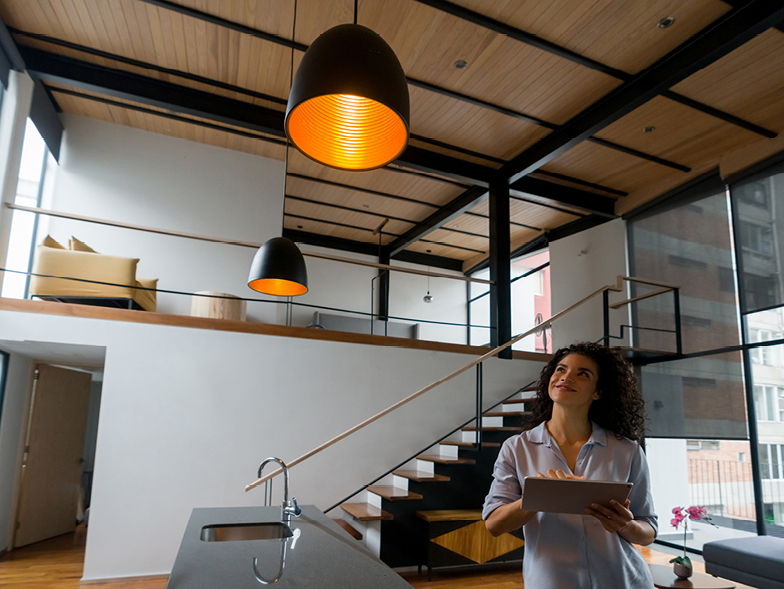
Smart technology
Smart home technology can be used not only for home security but also controlling your appliances, energy use, and regulating your home’s temperature. All are great to make your home a little bit greener.
Sustainable materials
Green builders and renovators use sustainable materials, such as high-performance engineered wood or wood alternatives, and recycled building materials, In flooring, for example, many builders are opting for linoleum because it’s environmentally friendly and has a long lifespan. Even using recycled products, such as reclaimed wood and countertops made from recycled glass or steel, has become a sustainable practice.
VOC-free paints
VOCs are a group of chemicals found in many paints and building materials that release unsafe gasses and can be harmful to people and the environment. Builders have adopted the use of low or VOC-free paints, which are considered to be environmental-friendly in their new home builds. Paint companies like Behr, Benjamin Moore, and Sherwin Williams offer VOC-free paint options.
Water conservation
With water scarcity a growing concern, water conservation is top of mind for sustainable building and renovations. Installing water-efficient appliances, fixtures, filtration systems, and low-maintenance landscaping will conserve energy, save money, and minimize waste.
As green building evolves, home builders and contractors are continuing to follow suit and implement eco-friendly practices into their builds and renovations. As these homes become more widely available, costs will continue to drop, making them more affordable to the mainstream consumer.
Purchasing a new green build or newly renovated home can not only be cost-effective in the long run but also reduce your carbon footprint. Be sure to speak with your builder or contractor to understand which materials and paints will be used. If you’re a current homeowner and interested in making your home more sustainable, you don’t have to look too far to integrate products and green technologies into your home.






